It’s like ‘Project Runway,’ only chicer. Here’s why Gen Z is choosing to DIY with upcycled items instead of buying new.
For Lissy Clow, a move to London in 2022 came with a lot of new experiences: embracing a new culture, figuring out currency and, while she navigated making friends in a new city, a lot more free time. So, she did what any young millennial with work ethic and ample times does — she picked up a hobby.
“I had always wanted to start sewing, ever since I was 13 years old,” Clow, a Canadian originally from Vancouver, tells FASHION. “I was wanting to design and make clothing, but just never did anything about it because it is an intimidating hobby to start because you need to learn how to use your sewing machine and…what if you’re not good at it?” She’d initially thought it was a hobby she would have picked up in the depths of the pandemic, when many of us were baking bread and kickstarting a Kombucha obsession in our fridges, “All of a sudden being in the new place, having more time and also having [more] control of my time, I was able to commit certain days of the week or evenings where I would just learn how to use this machine.”
She started out small, taking existing pieces in her mostly thrifted closet and fixing them, learning how to execute the perfect hem over two or three months. Then, she turned to YouTube and TikTok, following creators like @theessentialsclub to learn how to draft patterns based on a pre-owned white T-shirt. Around that time, Clow started sharing her life in London online, starting out by documenting how she and her husband were furnishing their flat with entirely secondhand items. It only made sense that she would share her other ventures in sustainability. So, she started sharing her sewing projects.
@lissyclow 💚💚💚💚💚💚 #sustainablefashion #beginnersewing #sewingideas #diy #upcycling #sewingtok ♬ som original – lanita
Since then, chances are that Clow or another sewing whiz creator has popped up on your TikTok FYP. Because if it feels like everyone is suddenly sewing their spring/summer wardrobes, that’s because they probably are — or are at least attempting to.
“Upcycling and this notion of crafting has become highly relevant,” says Sydney Stanback, global trends and insights lead at Pinterest. “It’s always been a thing on Pinterest, but we’re definitely seeing an acceleration going into 2024.” According to the most recent Pinterest Predicts trend report, online searches for “zero waste sewing patterns” and “leftover fabric” have increased by 80 per cent, with thrift flipping and upcycling vintage clothing pegged as an emerging 2024 trend by the platform.
The reworked vintage trend has taken to the runways as well, steadily growing since 2020 when designers like Balenciaga, Marni, and Coach sent upcycled “shoelace fur” coats, patchworked outwerwear and reworked 1970s bags down the runway.
For Toronto-based influencer Rachel Wong (@RachSpeed), the “sewing my own clothes” trend may be on the rise, but the craft is something she has turned to since she was young, taking a cue from The Sound of Music‘s Maria von Trapp and using anything and everything she could find to be creative. “I used to make clothes for my dolls,” Wong tells FASHION. “I was probably seven years old, at my grandparent’s house taking toilet paper or random face cloths and trying to make clothes for [them].” When she was 15, her love for sewing became more serious when she learned how to thread a needle in high school and make the quintessential pair of Home Economics pyjama pants.
Now Wong shares her quick sewing jobs and thrift flips alongside styling videos on TikTok full-time, documenting everything from recreated accessible red carpet looks to turning an insulated dog food bag into an Ariana Grande-inspired dress, all in a few hours. In opposition to our high school teachers, both Clow and Wong share their processes in broad strokes so that followers and wannabe sewers don’t feel beholden to perfect seams and exact measurements. The goal is so take inspo and create something you love and, most importantly, will wear again and again.
And it’s working. Aside from the thousands of likes both creators frequently have on their posts, their comment sections are stacked with people saying that they’ve been inspired to give sewing a try for themselves. Hashtags like #beginnersewing, #upcycling, and #sewingtok lead to thousands of videos of other users sewing their own outfits.
@rachspeed its like project runway every day in my brain #upcycle #emmys #diy #thrift ♬ Good Looking (Sped Up) – Suki Waterhouse
There are a few things driving the rise in the popularity of sewing, chief among them being a growing emphasis on sustainability. Coined by Forbes as “the sustainability generation,” Gen Z — and to some degree, millennials — are the most likely to make purchase decisions based on personal, social, and environmental values. As exemplified by Pinterest’s upcycling trend, which they call “Give a Scrap,” this doesn’t necessarily apply only to our wardrobes. “The thing that I actually appreciate the most about this trend is that ‘Give a scrap’ is looking at all different types of scrap,” Stanback says. “It’s not just discarded clothing, [but] it’s also discarded food and [the idea of]: How do we repurpose the things that we have in our home to elevate our lifestyle or bring things that we care about to life?”
As a long-time sustainability aficionado (Clow used to run an online vintage shop in Vancouver), making her new London life — and wardrobe — environmentally friendly was important. “If anything, being in the sustainable fashion space, it was like the one missing piece of the puzzle for me was being able to actually make my own clothes,” Clow says, adding that she considered buying vintage and taking the items to a tailor for alterations or adjustments, but ultimately wanted to try the DIY route. “If I could learn how to do it myself, that would be the most rewarding thing.”
Slowing down her environmental footprint has also been eye-opening for Clow. “[Sewing her clothes] has slowed down my consumption and made me realize I’m actually thrifting way less than I did before,” Clow says. It has not only made her more sustainable, but also helped put a little less strain on her (we’ll assume) very chic wallet. “There’s a cost of living crisis in the U.K. right now,” Clow says. “I’m spending one to 10 pounds on average on my fabric and then able to keep up with trends with pieces that are unique to me and that suit my body.”
“There’s something really good about saving money,” Wong adds. “There are so many cute things that I love that are like $300 and may not be worth it to me at the time in terms of my budget, but if I can buy something at a thrift store for $13 and make it look similar [through DIY]? That’s a message that resonates with a lot of people.”
@lissyclow Share your trouser tips with me 🙏🏼🙏🏼🙏🏼 #sustainablefashion #beginnersewing #sewingideas #diy #upcycling #sewingtok ♬ original sound – lissy
For both Wong and Clow, sewing their clothes (or most of them, at least) taps into the burgeoning desire that many young folks have to don cool and interesting ‘fits without breaking the bank. “Younger generations want to build something that’s unique and relevant for them, but they don’t want to really spend a lot of money on it,” Stanback adds. As an alternative, “they’re finding really creative and crafty ways to build out their own personalized, unique wardrobes,”
And it would appear the sewing and upcycling trend is here to stay. “As millennials, we’ve been hearing about sustainability most of our lives,” Stanback says. “We’re seeing the benefits of living a sustainable lifestyle and knowing that we were kind of the introduction to that. And Gen Z has been in it for pretty much their entire lives — I don’t see this going away anytime soon.” Instead, Stanback hypothesizes, the trend will surface in different ways as the people who embrace it grow and evolve, with their priorities shifting from clothing to home wares.
For now, Clow is working on sewing her spring/summer wardrobe, inspired by Pinterest and what she’s seen on the runway. She had a goal last year that she didn’t quite achieve, to sew a lime green dress out of a bedsheet, but she started earlier this year in order to give her enough time to finish before the temps sky rocket.
“Now that I’m making my own clothing, somebody is going to ask where it is from. It’s the most rewarding feeling to be able to say, ‘I made it and if you follow me I could maybe show you how to do it as well,’” Clow says. “Taking matters into your own hands is the next level of sustainable fashion.”





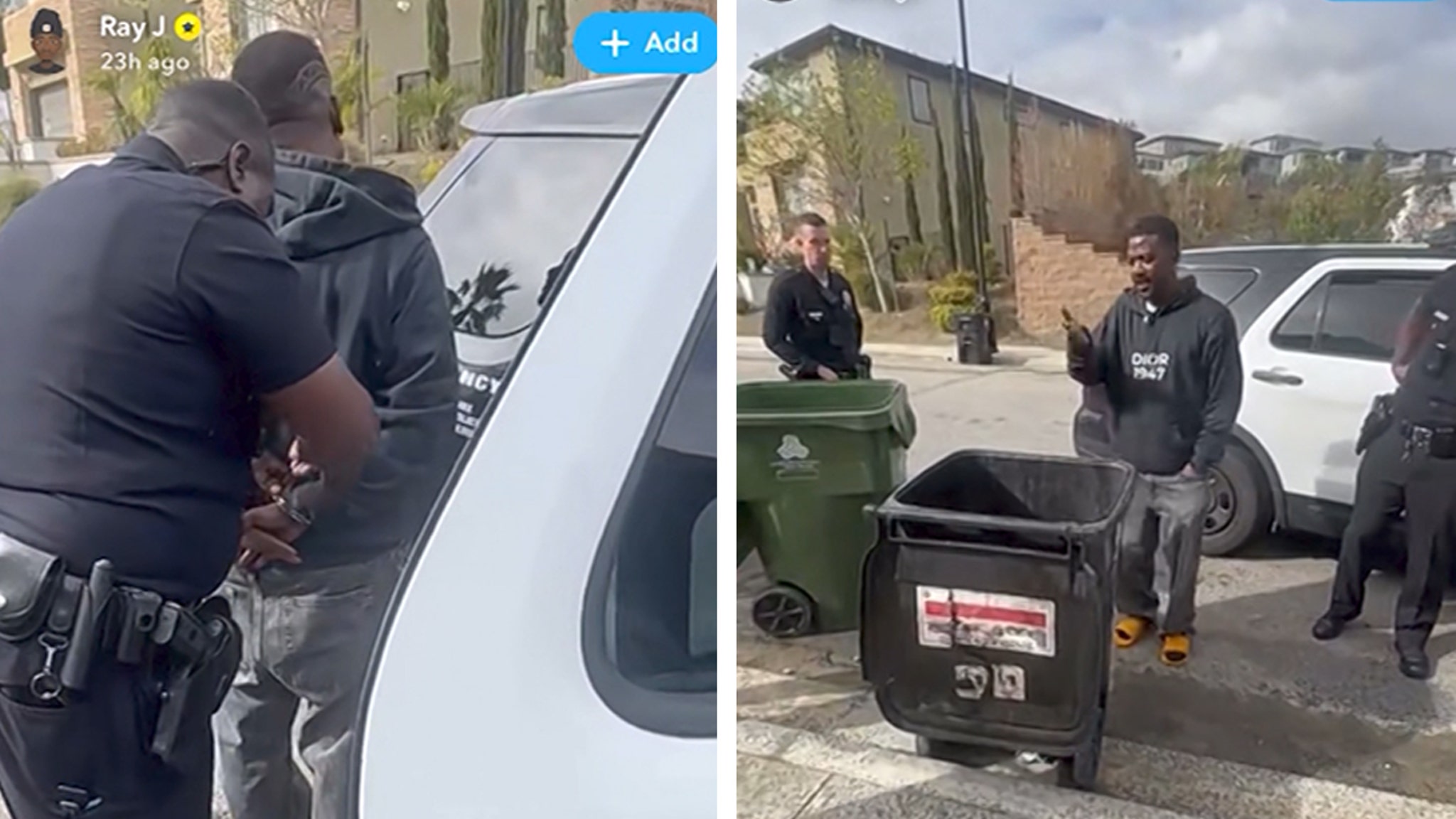

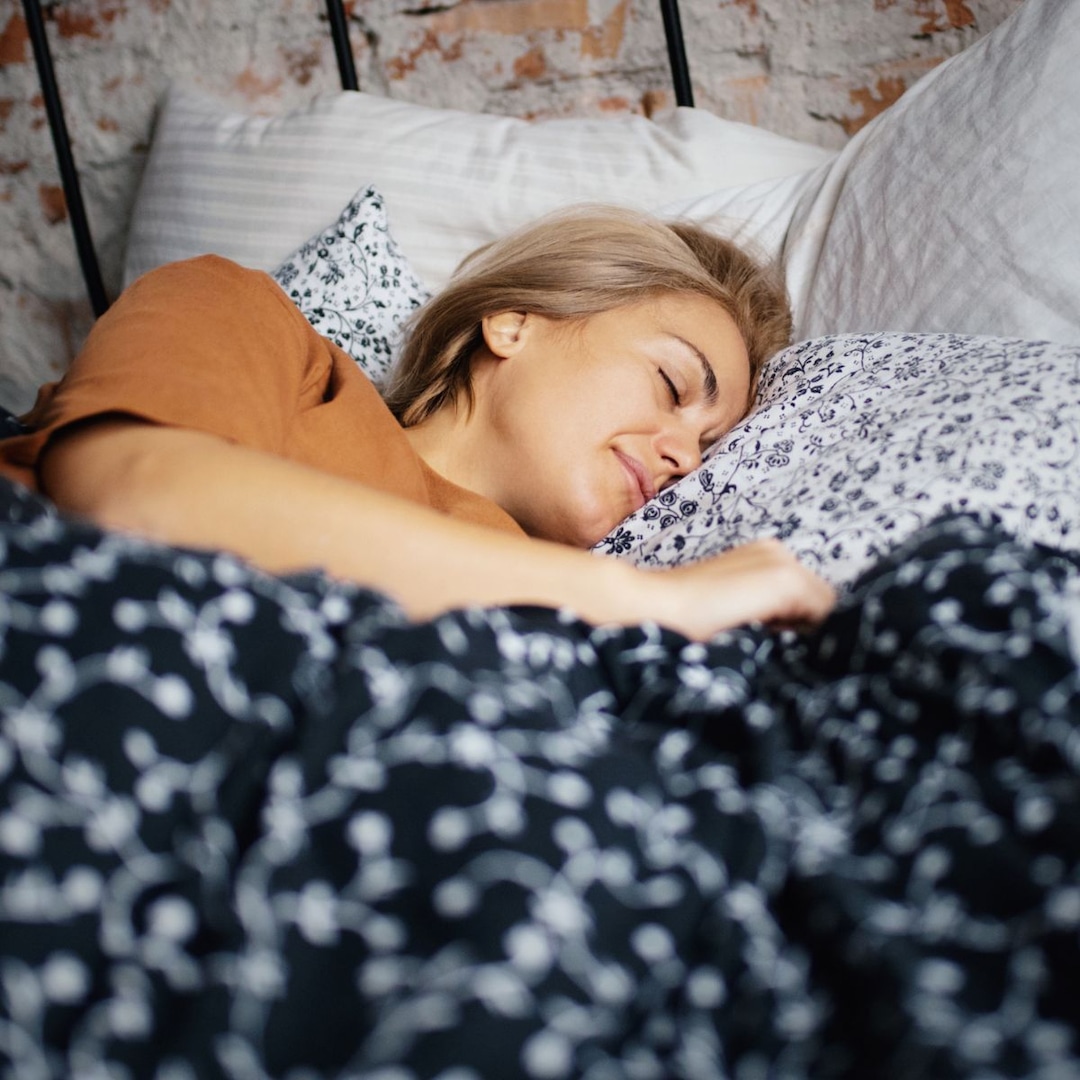














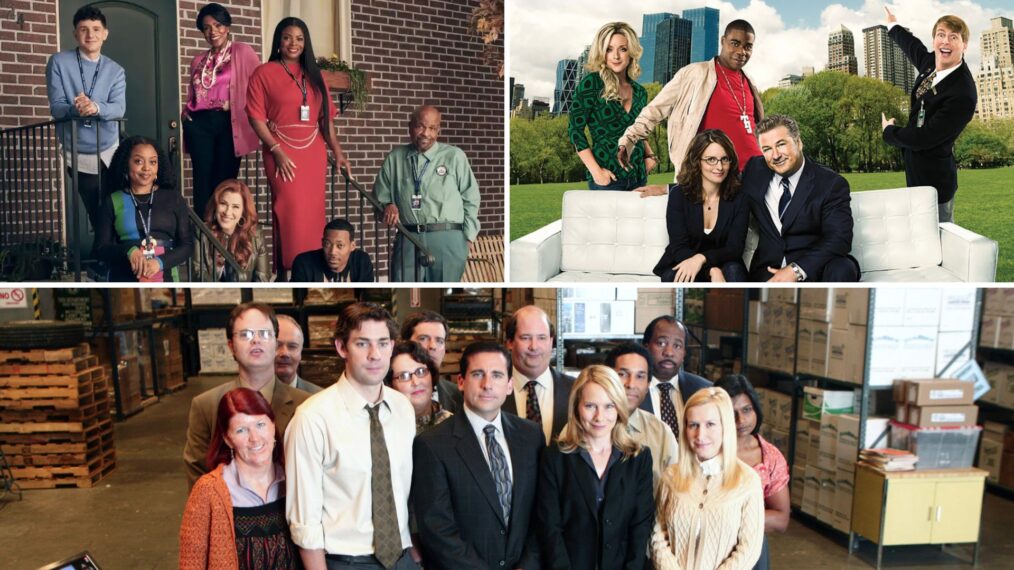


![Are the Teens Being Rescued? Star Talks [Spoiler’s] Death (Exclusive) Are the Teens Being Rescued? Star Talks [Spoiler’s] Death (Exclusive)](https://www.tvinsider.com/wp-content/uploads/2025/03/yellowjackets-305-ben-melissa-1014x570.jpg)











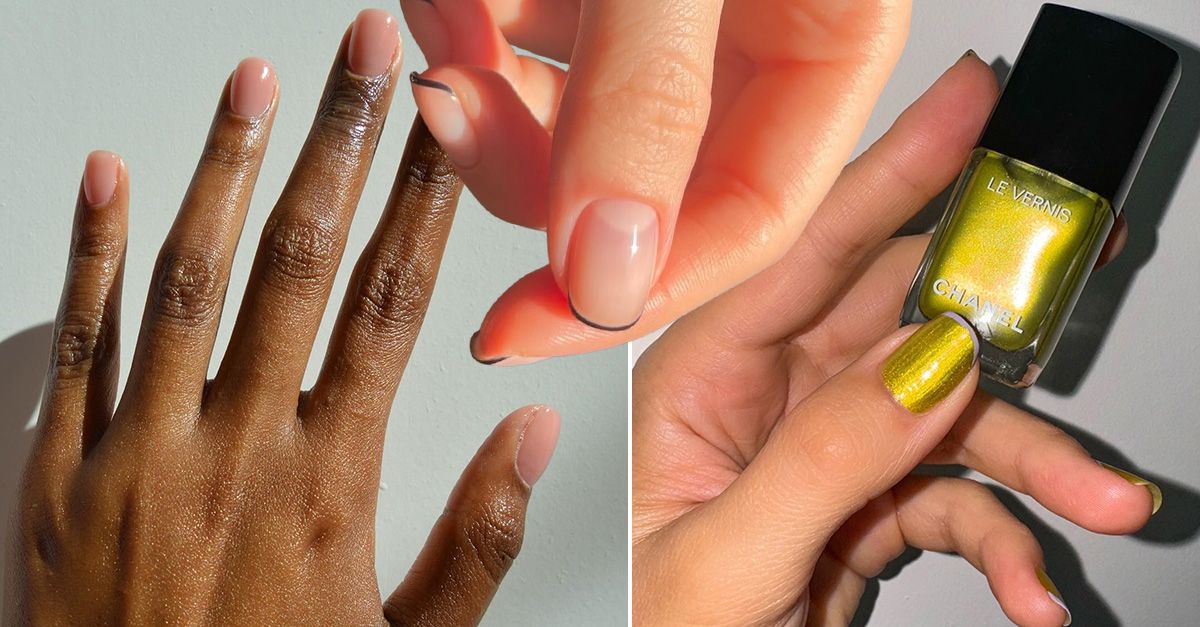

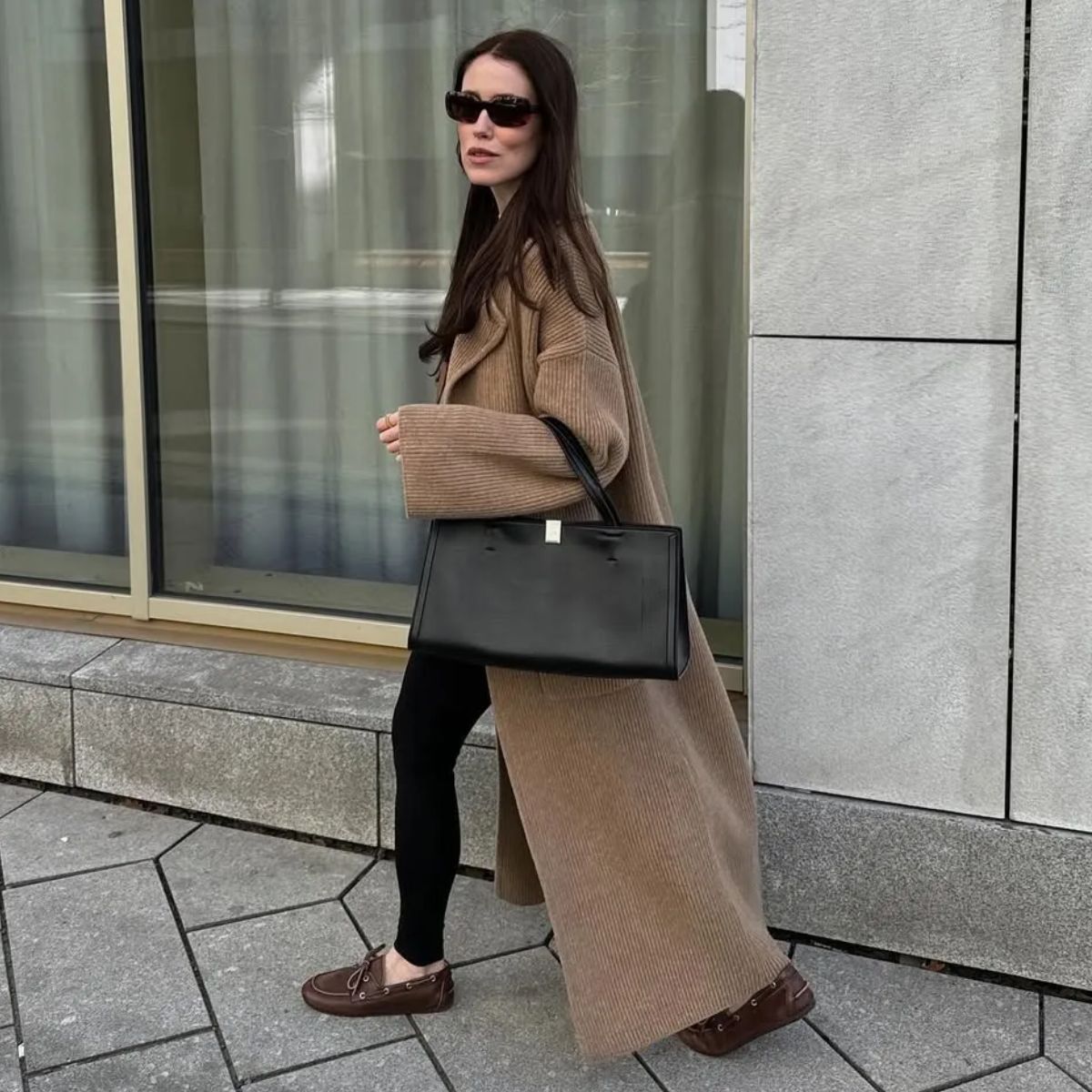
:quality(85):upscale()/2023/03/28/770/n/1922564/3b4a1bcf6423240d6c2ea4.75738003_.png)

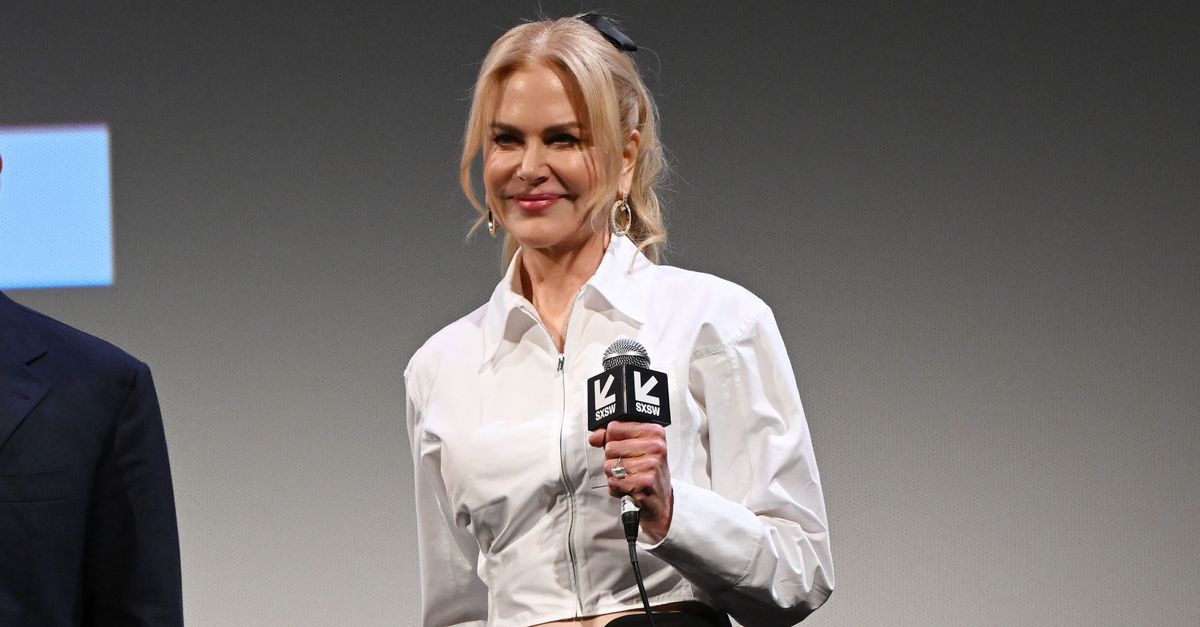
:quality(85):upscale()/2025/03/13/705/n/1922564/18fa347067d3001e6b0d50.77533101_.png)
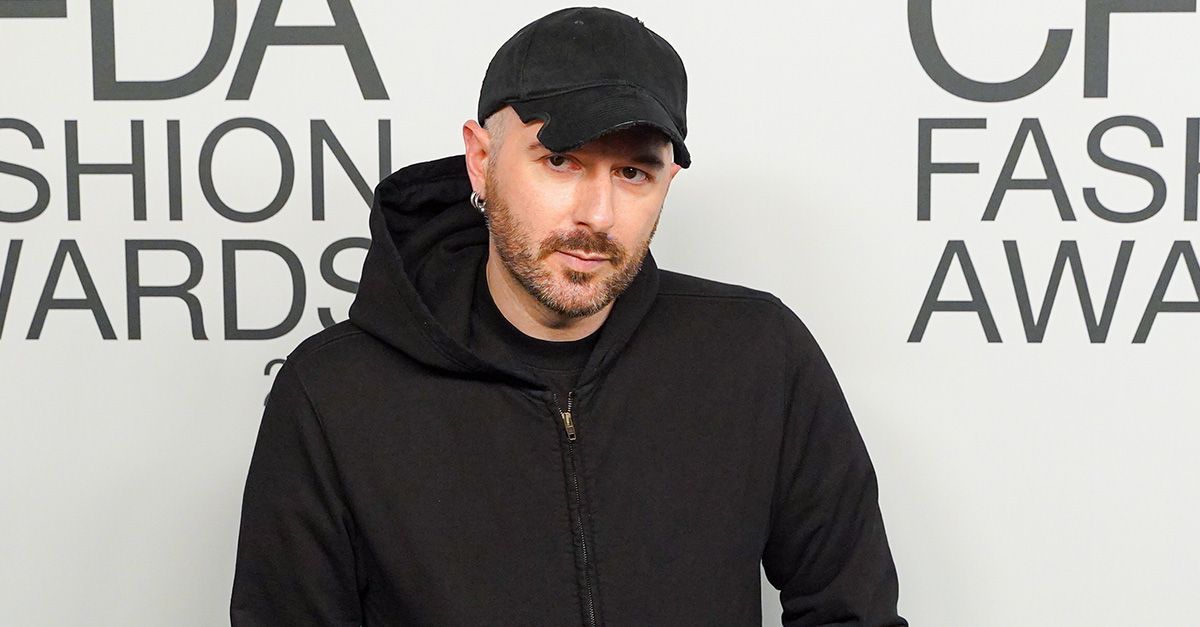
:quality(85):upscale()/2025/03/12/900/n/1922564/ae21a1a167d1f08278bdd5.84728850_.png)
![‘Eyes Never Wake’ Puts Your Webcam to Terrifying Use [Trailer] ‘Eyes Never Wake’ Puts Your Webcam to Terrifying Use [Trailer]](https://i0.wp.com/bloody-disgusting.com/wp-content/uploads/2025/03/eyesneverwake.jpg?resize=900%2C580&ssl=1)



![BiC Fizzle – Last Nite [Official Music Video] BiC Fizzle – Last Nite [Official Music Video]](https://i.ytimg.com/vi/Y_UsTB_Uxug/maxresdefault.jpg)

![Iggy Azalea – Money Come [Official Music Video] Iggy Azalea – Money Come [Official Music Video]](https://i.ytimg.com/vi/7t5V5ygeqLY/maxresdefault.jpg)


![Mason Ramsey – Twang [Official Music Video] Mason Ramsey – Twang [Official Music Video]](https://i.ytimg.com/vi/xwe8F_AhLY0/maxresdefault.jpg)







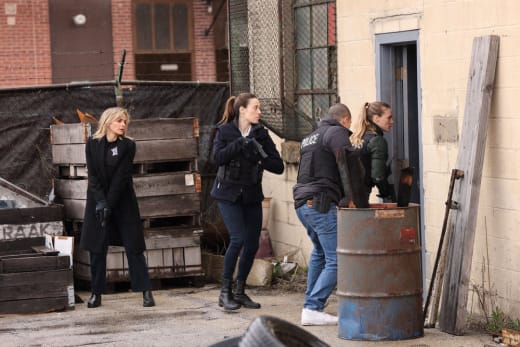





![‘House of the Dragon’ Criston Cole: Fabien Frankel Interview [VIDEO] ‘House of the Dragon’ Criston Cole: Fabien Frankel Interview [VIDEO]](https://tvline.com/wp-content/uploads/2022/08/house-of-the-dragon-criston-cole-fabien-frankel-video.jpg?w=620)
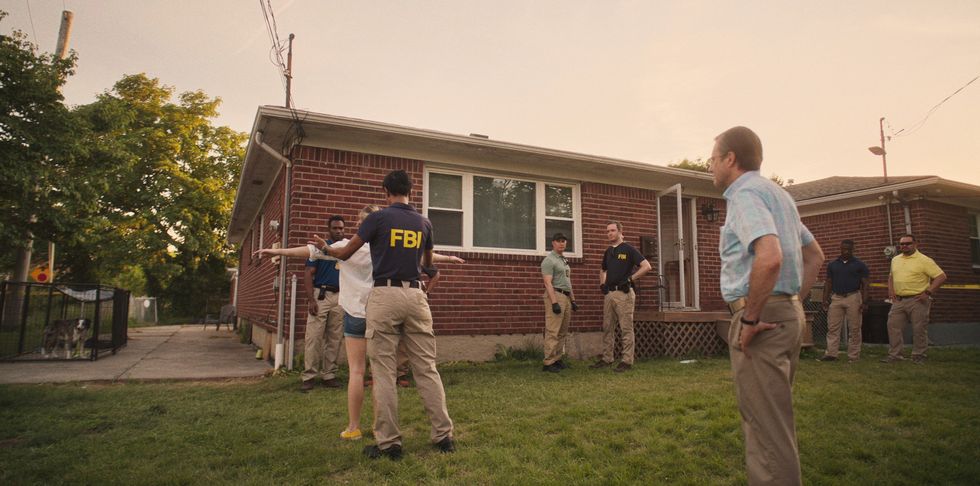

:quality(85):upscale()/2025/03/08/601/n/1922564/c69f7e2e67cc457eb25755.07032611_.jpg)